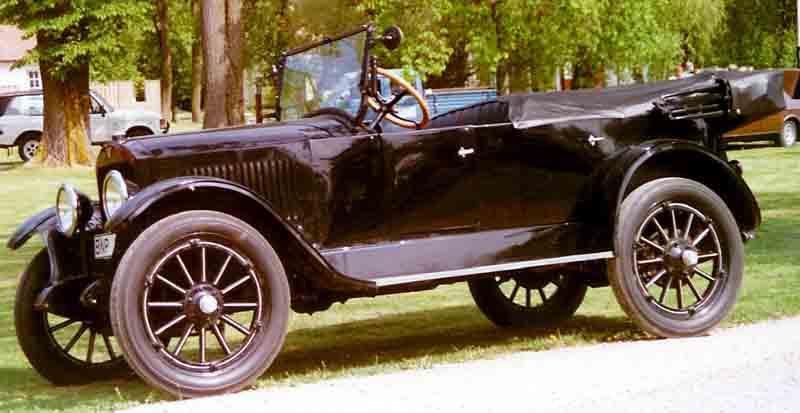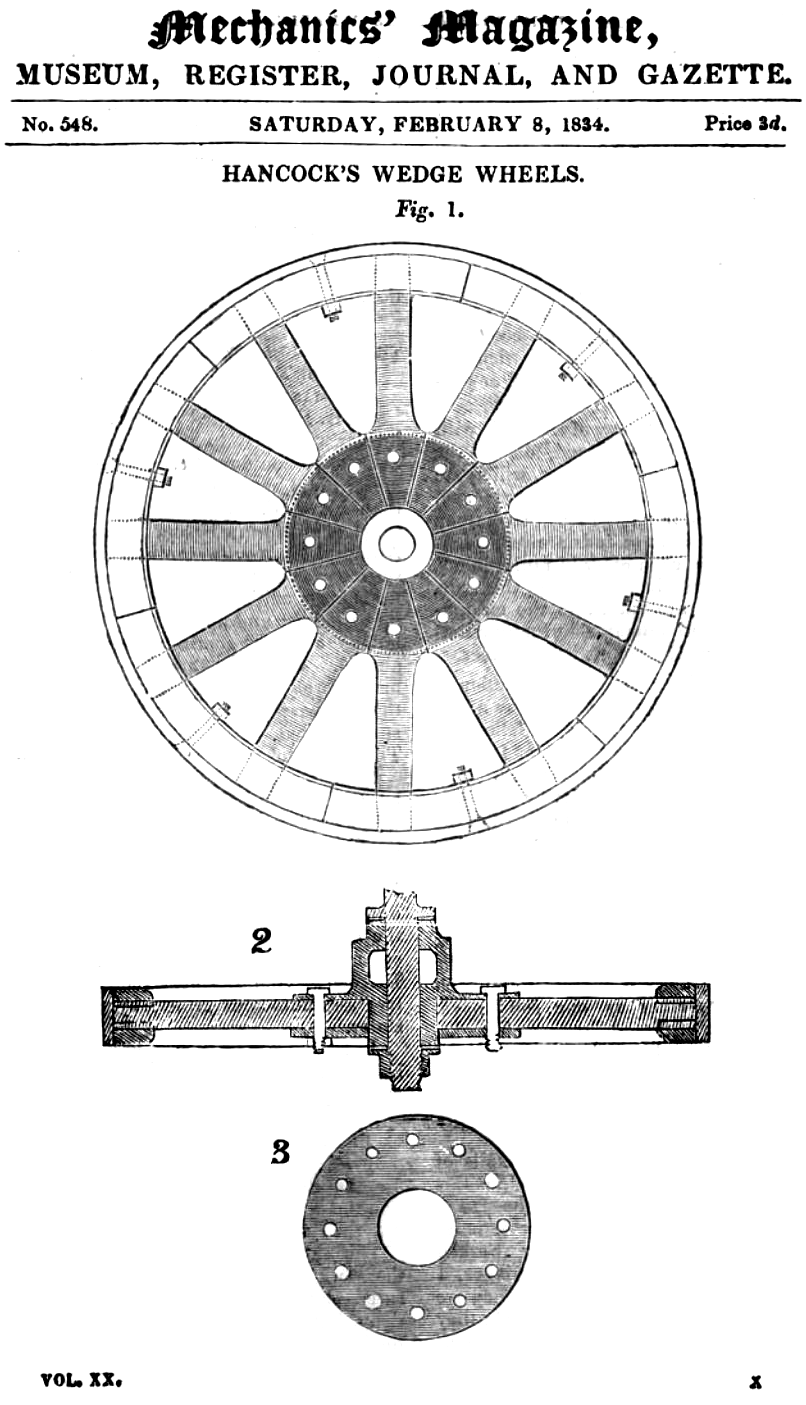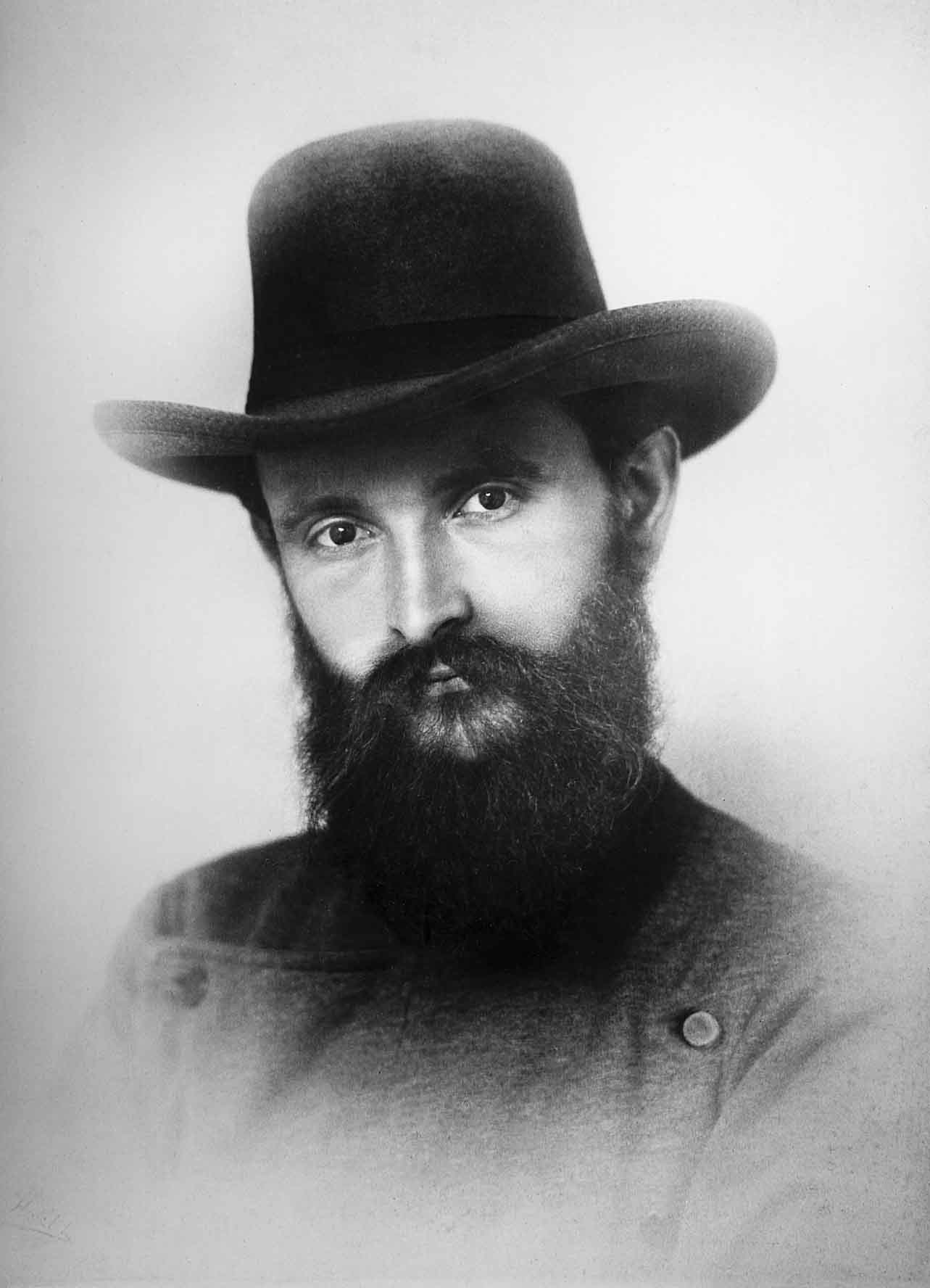|
Velie
Velie was a brass era American automobile brand produced by the Velie Motors Corporation in Moline, Illinois from 1908 to 1928. The company was founded by and named for Willard Velie, a maternal grandson of John Deere. Velie founded Velie Carriage Company in 1902, which was successful, then Velie Motor Vehicle Company in 1908. History Velie ads bragged they "produce every important part" and were not simply assemblers, a lesson Ford had taught. However, Velie's first car was assembled with many components purchased from outside suppliers.Vance, p.E10. By 1910, Velie had sold more than 1000 cars. In 1911 Velie introduced a truck line, and began making a proprietary four-cylinder engine, although some parts came from suppliers. The 1911 ''Velie 40'' had a four-cylinder L-head four-stroke gasoline engine, fired by Splitdorf magneto, producing , mated to a Brown-Lipe sliding-gear transmission with three forward gears, and one reverse gear).Clymer, p.92. It was a four- ... [...More Info...] [...Related Items...] OR: [Wikipedia] [Google] [Baidu] |
Willard Lamb Velie
Willard Lamb Velie (1866 – October 24, 1928) was a businessman based in Moline, Illinois. He was an executive at Deere & Company before starting his own companies, which grew to become Velie Motor Company. He developed advanced engines for automobiles and airplanes. Biography Early life and education W. L. Velie was born in Moline, Illinois. He was the third of five children born to Stephen H. Velie and Emma Deere, the daughter of John Deere. Stephen Velie had moved to Rock Island, Illinois to work for the C. C. Webber & Company. In 1863, he entered into a partnership with his father-in-law, and when the company was incorporated, he was elected to the offices of secretary and treasurer. W. L. Velie had two older brothers, a younger brother who died as an infant and a sister. He graduated from Phillips Academy in Andover, Massachusetts in 1885 and Yale University in 1888. After graduation he set out for Montana. Deere & Company In 1890, Velie returned to Moline and began ... [...More Info...] [...Related Items...] OR: [Wikipedia] [Google] [Baidu] |
Roadster (automobile)
A roadster (also spider, spyder) is an open two-seat car with emphasis on sporting appearance or character. Initially an American term for a two-seat car with no weather protection, usage has spread internationally and has evolved to include two-seat convertibles. The roadster was also a style of racing car driven in United States Auto Club (USAC) Championship Racing, including the Indianapolis 500, in the 1950s and 1960s. This type of racing car was superseded by rear-mid-engine cars. Etymology The term "roadster" originates in the United States, where it was used in the 19th century to describe a horse suitable for travelling. By the end of the century, the definition had expanded to include bicycles and tricycles. In 1916, the United States Society of Automobile Engineers defined a roadster as: "an open car seating two or three. It may have additional seats on running boards or in rear deck." Since it has a single row of seats, the main seat for the driver and passenger w ... [...More Info...] [...Related Items...] OR: [Wikipedia] [Google] [Baidu] |
Artillery Wheel
The artillery wheel was a nineteenth-century and early-twentieth-century style of wagon, gun carriage, and automobile wheel. Rather than having its spokes mortised into a wooden nave (hub), it has them fitted together in a keystone fashion with miter joints, bolted into a two-piece metal nave. Its tyre is shrunk onto the rim in the usual way but it may also be bolted on for security. The design evolved over the nineteenth and early twentieth century, and was ultimately imitated in drawn steel for auto wheels which sometimes show little immediate resemblance to most of their design ancestry. Wood artillery wheels Wheels with wood spokes fitted together in a keystone fashion with miter joints, bolted into a two-piece metal nave, were called "wedge wheels" by Walter Hancock who described them in 1834, as he used them on his steam-powered road vehicles. In response to Hancock's description, John Robison said he had wheels of the same description built in 1811 for artillery carri ... [...More Info...] [...Related Items...] OR: [Wikipedia] [Google] [Baidu] |
Balloon Tire
A bicycle tire is a tire that fits on the wheel of a bicycle or similar vehicle. These tires may also be used on tricycles, wheelchairs, and handcycles, frequently for racing. Bicycle tires provide an important source of suspension, generate the lateral forces necessary for balancing and turning, and generate the longitudinal forces necessary for propulsion and braking. Although the use of a pneumatic tire greatly reduces rolling resistance compared to the use of a rigid wheel or solid tire, the tires are still typically, the second largest source, after wind resistance (air drag), of power consumption on a level road. The modern detachable pneumatic bicycle tire contributed to the popularity and eventual dominance of the safety bicycle. Bicycle tires are also used on unicycles, tricycles, quadracycles, tandem bicycles, hand cycles, bicycle trailers, and trailer bikes. History The first bicycle "tires" were iron bands on the wooden wheels of velocipedes. These were fo ... [...More Info...] [...Related Items...] OR: [Wikipedia] [Google] [Baidu] |
Westinghouse Electric Corporation
The Westinghouse Electric Corporation was an American manufacturing company founded in 1886 by George Westinghouse. It was originally named "Westinghouse Electric & Manufacturing Company" and was renamed "Westinghouse Electric Corporation" in 1945. The company acquired the CBS television network in 1995 and was renamed "CBS Corporation" until being acquired by Viacom in 1999, a merger completed in April 2000. The CBS Corporation name was later reused for one of the two companies resulting from the split of Viacom in 2006. The Westinghouse trademarks are owned by Westinghouse Electric Corporation, and were previously part of Westinghouse Licensing Corporation. The nuclear power business, Westinghouse Electric Company, was spun off from the Westinghouse Electric Corporation in 1999. History Westinghouse Electric was founded by George Westinghouse in Pittsburgh, Pennsylvania, on January 8, 1886. The firm became active in developing electric infrastructure throughout the U ... [...More Info...] [...Related Items...] OR: [Wikipedia] [Google] [Baidu] |
Overhead Valve
An overhead valve (OHV) engine, sometimes called a ''pushrod engine'', is a piston engine whose valves are located in the cylinder head above the combustion chamber. This contrasts with earlier flathead engines, where the valves were located below the combustion chamber in the engine block. Although an overhead camshaft (OHC) engine also has overhead valves, the common usage of the term "overhead valve engine" is limited to engines where the camshaft is located in the engine block. In these traditional OHV engines, the motion of the camshaft is transferred using pushrods (hence the term "pushrod engine") and rocker arms to operate the valves at the top of the engine. Some early intake-over-exhaust engines used a hybrid design combining elements of both side-valves and overhead valves. History Predecessors The first internal combustion engines were based on steam engines and therefore used slide valves. This was the case for the first Otto engine, which was first succ ... [...More Info...] [...Related Items...] OR: [Wikipedia] [Google] [Baidu] |
Lycoming Engine
Lycoming Engines is a major American manufacturer of aircraft engines. With a factory in Williamsport, Pennsylvania, Lycoming produces a line of horizontally opposed, air-cooled, four, six and eight-cylinder engines including the only FAA-certified aerobatic and helicopter piston engines on the market. The company has built more than 325,000 piston aircraft engines and powers more than half the world's general aviation fleet, both rotary and fixed wing. Lycoming is an operating division of Avco Corporation, itself a subsidiary of Textron. History Sewing machines, bicycles and fashion Lycoming dates its founding to 1845 by " Madame Ellen Curtis Demorest". However, the early history of the company (especially prior to 1860) is unclear; biographer Ishbel Ross notes that the marriage of Ellen Louise Curtis to William Jennings Demorest took place in 1858, somewhat later than the purported date of establishment of the company. A few years later in New York, between c. 1860 and 1887, ... [...More Info...] [...Related Items...] OR: [Wikipedia] [Google] [Baidu] |
Robert Bosch GmbH
Robert Bosch GmbH (; ), commonly known as Bosch and stylized as BOSCH, is a German multinational engineering and technology company headquartered in Gerlingen, Germany. The company was founded by Robert Bosch in Stuttgart in 1886. Bosch is 92% owned by Robert Bosch Stiftung, a charitable institution. Although the charity is funded by owning the vast majority of shares, it has no voting rights and is involved in health and social causes unrelated to Bosch’s business. Bosch's core operating areas are spread across four business sectors: mobility (hardware and software), consumer goods (including household appliances and power tools), industrial technology (including drive and control) and energy and building technology. History 1886–1920 The company started in a backyard in Stuttgart-West as the ''Werkstätte für Feinmechanik und Elektrotechnik'' (''Workshop for Precision Mechanics and Electrical Engineering'') on 15 November 1886. The next year Bosch presented a low v ... [...More Info...] [...Related Items...] OR: [Wikipedia] [Google] [Baidu] |
Continental Motors Company
Continental Motors Company was an American manufacturer of internal combustion engines. The company produced engines as a supplier to many independent manufacturers of automobiles, tractors, trucks, and stationary equipment (such as pumps, generators, and industrial machinery drives) from the 1900s through the 1960s. Continental Motors also produced automobiles in 1932–1933 under the name Continental Automobile Company. The Continental Aircraft Engine Company was formed in 1929 to develop and produce its aircraft engines, and would become the core business of Continental Motors, Inc. Company history In 1905, Continental Motors was born with the introduction of a four-cylinder, four stroke cycle L-head engine operated by a single camshaft. In August 1929, the Continental Motors Company formed the Continental Aircraft Engine Company as a subsidiary to develop and produce its aircraft engines. Continental Motors entered into the production of automobiles rather indirectly. C ... [...More Info...] [...Related Items...] OR: [Wikipedia] [Google] [Baidu] |
American Motor Car Company
The American Motor Car Company was a short-lived company in the automotive industry founded in 1906, lasting until 1913. It was based in Indianapolis, Indiana, United States. The American Motor Car Company pioneered the "underslung" design. History Harry C. Stutz, who later formed a company bearing his name, designed the first car for the new enterprise. However, Stutz quickly left and Fred L. Tone took over as chief engineer in 1906. Tone re-designed the chassis (frame) below the axles and the semi-elliptic leaf spring suspension system mounted above. This upside-down or reverse arrangement became known as the ''underslung'' design. It gave the vehicles a lower stance and was an industry first. Because of the lower chassis position, wheels gave the vehicle space between the frame and the ground. The company claimed that the vehicles were safe from rollovers and could be tilted up to 55 degrees. It was powered by a engine rated at 40 horsepower (by the measurements at t ... [...More Info...] [...Related Items...] OR: [Wikipedia] [Google] [Baidu] |
Oakland Motor Car
The Oakland Motor Car Company of Pontiac, Michigan, was an American automobile manufacturer and division of General Motors. Purchased by General Motors in 1909, the company continued to produce modestly priced automobiles until 1931 when the brand was dropped in favor of the division's Pontiac make. Beginning The company was created by Edward Murphy who owned the Pontiac Buggy Company and Alanson Brush who was working as a consultant in Detroit after leaving the Cadillac Motor Company. Oakland Motor Company was named for Oakland County, Michigan, in which it was based. As originally conceived and introduced, the first Oakland used a design created by Brush and presented to Murphy who liked the idea and decided to go into business. The vertical two-cylinder engine that rotated counterclockwise was originally presented to Cadillac but was rejected. This design by Alanson Partridge Brush, inventor of the single-cylinder Cadillac and Brush Runabout, also featured a planetary transmi ... [...More Info...] [...Related Items...] OR: [Wikipedia] [Google] [Baidu] |









